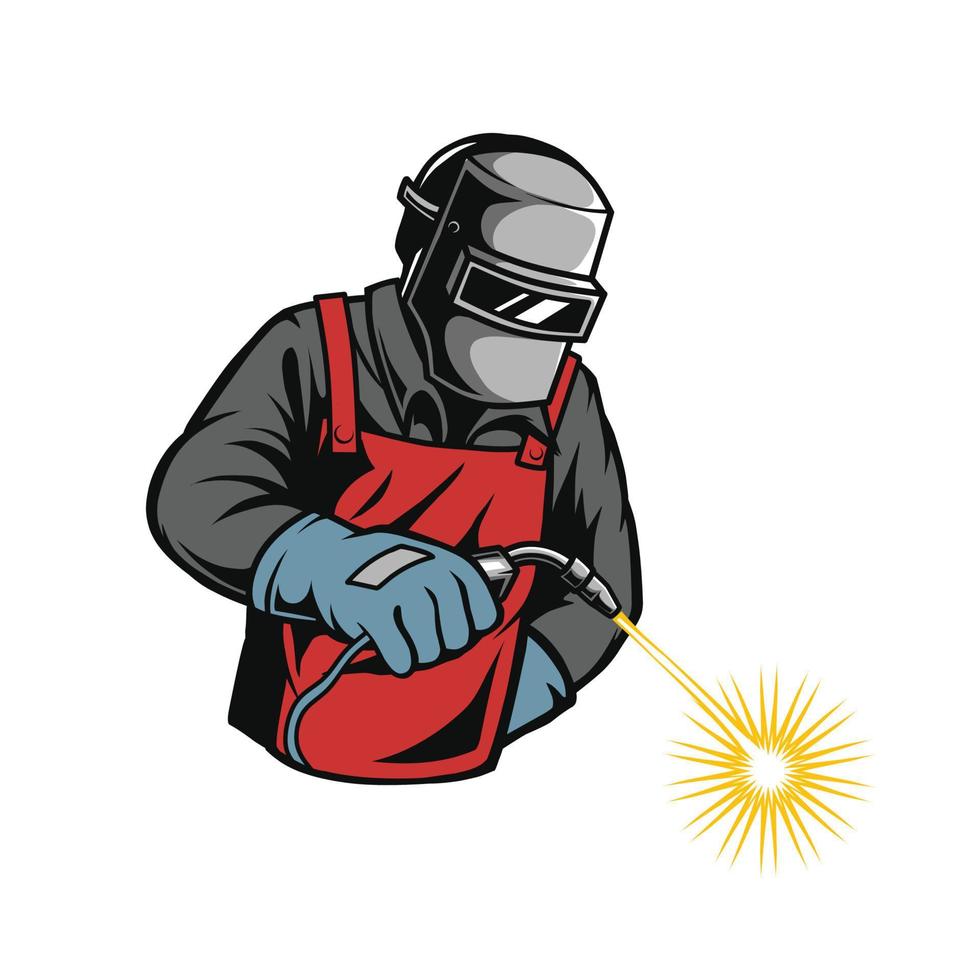Opening the Power of Welding WPS: Methods for Performance and Safety And Security in Construction
In the world of construction, Welding Treatment Requirements (WPS) stand as the backbone of welding procedures, determining the required actions for achieving both efficiency and safety and security in the construction process. Recognizing the complexities of WPS is extremely important to harnessing its complete potential, yet several organizations battle to open real power that exists within these documents (welding WPS). By diving right into the approaches that maximize welding WPS, a globe of boosted performance and increased security awaits those ready to discover the nuances of this essential aspect of manufacture

Value of Welding WPS
The significance of Welding Treatment Requirements (WPS) in the construction industry can not be overstated. WPS work as an essential roadmap that lays out the required steps to make sure welds are performed regularly and correctly. By defining vital criteria such as welding procedures, products, joint layouts, preheat temperature levels, interpass temperatures, filler metals, and post-weld warm therapy demands, WPS provide a standard method to welding that boosts effectiveness, high quality, and security in manufacture procedures.
Adherence to WPS helps in achieving uniformity in weld high quality, lowering the chance of flaws or architectural failings. This standardization also facilitates compliance with industry regulations and codes, ensuring that produced frameworks fulfill the called for safety requirements. Furthermore, WPS documentation enables welders to duplicate effective welding treatments, leading to constant outcomes across different projects.
In significance, the meticulous advancement and stringent adherence to Welding Treatment Specifications are critical for supporting the honesty of bonded frameworks, protecting versus possible risks, and maintaining the track record of construction business for supplying premium products and solutions.
Trick Aspects of Welding WPS
Enhancing Effectiveness With WPS
When optimizing welding operations, leveraging the key components detailed in Welding Procedure Specs (WPS) comes to be important for streamlining procedures and taking full advantage of efficiency. One way to improve performance with WPS is by very carefully selecting the proper welding criteria.
In addition, correct training and qualification of welders in understanding and carrying out WPS can further enhance performance. Making certain that all employee are well-versed in translating and performing the WPS properly can remodel and decrease errors, saving both time and sources. Regularly assessing and upgrading the WPS to include any lessons discovered or technological improvements can additionally add to performance improvements in welding operations. By accepting the standards anonymous stated in the WPS and continually seeking ways to maximize procedures, producers can accomplish greater effectiveness degrees and superior end results.
Ensuring Safety And Security in Fabrication

Making sure security in construction involves a complex approach that includes different aspects of the welding process. Welders should be furnished with ideal find this gear such as safety helmets, gloves, and safety clothing to mitigate threats associated with welding tasks.
In addition, adherence to proper air flow and fume extraction systems is critical in preserving a healthy workplace. Welding fumes consist of dangerous substances that, if inhaled, can present severe health dangers. Implementing efficient ventilation procedures aids to reduce direct exposure to these hazardous fumes, advertising respiratory system health among employees.
Regular equipment upkeep and examinations are also essential for making sure security in fabrication. Malfunctioning equipment can cause injuries and mishaps, highlighting the relevance of regular checks and timely repairs. By prioritizing precaution and promoting a culture of understanding, manufacture facilities can create a effective and safe workplace for their workers.
Applying WPS Finest Practices
To boost operational effectiveness and make certain high quality outcomes in manufacture procedures, incorporating Welding Procedure Spec (WPS) best practices is vital - welding WPS. Carrying out WPS finest practices includes thorough preparation, adherence to sector requirements, and continual tracking to assure ideal outcomes. First of all, choosing the proper welding process, filler product, and preheat temperature defined in the WPS is vital for accomplishing the wanted weld top quality. Secondly, ensuring that qualified welders with the necessary certifications perform the welding treatments according to the WPS guidelines is important for consistency and reliability. Routinely assessing and updating WPS papers to show any kind of procedure renovations or modifications in materials is also a key ideal technique to maintain accuracy and relevance. Additionally, offering detailed training to welding workers next page on WPS requirements and best methods fosters a culture of safety and top quality within the fabrication environment. By diligently applying WPS best methods, makers can streamline their procedures, lessen errors, and provide superior items to meet client assumptions.
Conclusion
To conclude, welding WPS plays a crucial role in making certain effectiveness and safety in construction procedures. By concentrating on crucial elements, boosting effectiveness, and applying best practices, companies can maximize their welding operations. It is necessary to prioritize precaution to prevent accidents and guarantee a smooth manufacturing process. By adhering to these techniques, companies can open the full possibility of welding WPS in their construction procedures.
In the realm of manufacture, Welding Procedure Specs (WPS) stand as the backbone of welding procedures, dictating the required actions for achieving both effectiveness and safety and security in the construction procedure. By defining necessary criteria such as welding processes, materials, joint layouts, preheat temperatures, interpass temperatures, filler steels, and post-weld heat treatment demands, WPS give a standard method to welding that improves effectiveness, quality, and security in construction processes.

When maximizing welding operations, leveraging the key elements outlined in Welding Treatment Specs (WPS) ends up being vital for improving procedures and making best use of efficiency. (welding WPS)